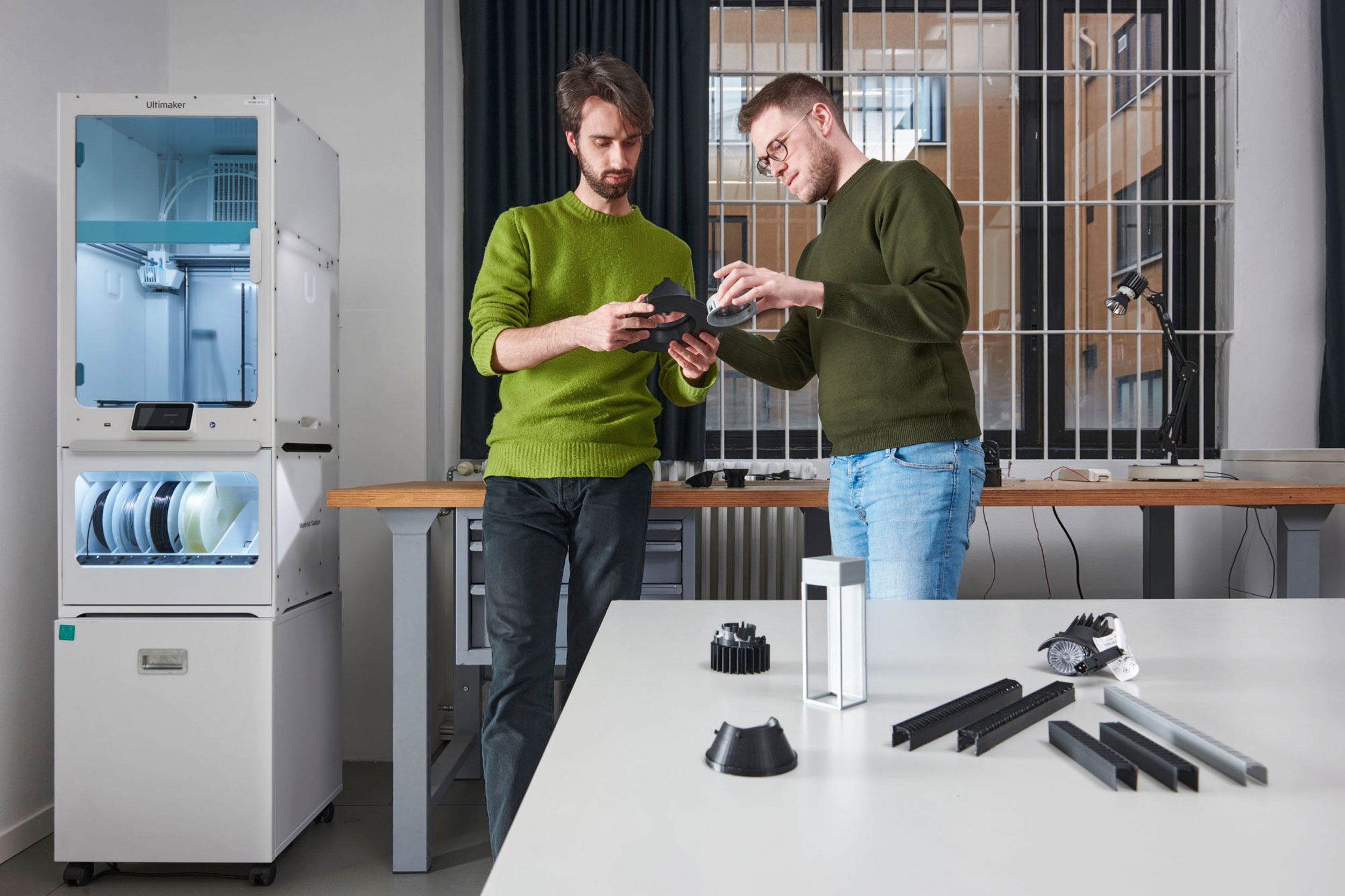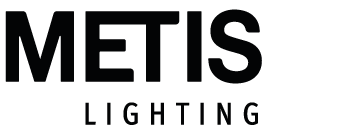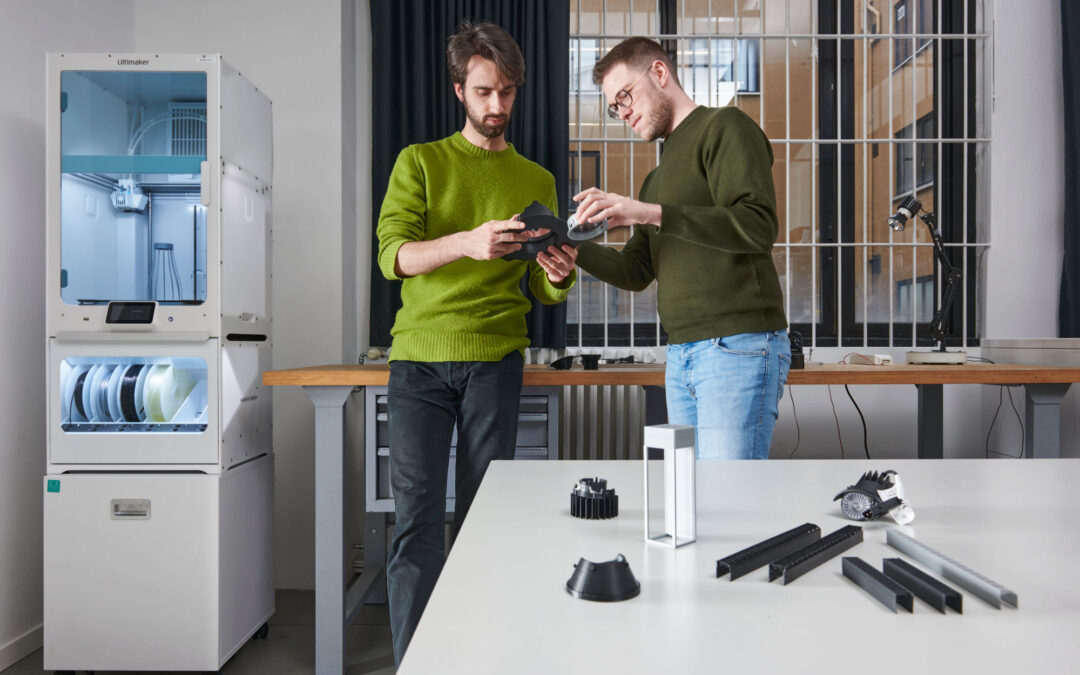
A recent and supportive addition to our team: Penelope, the 3D printer.
March 11th, 2024
It often happens, during the course of a project, to face unexpected situations or to deal with the absence on the market of an appliance with the characteristics and specificities that we need. In other cases we must strive and resort to specific, purposely studied solutions to ensure that the light is perfectly integrated into the architectural project, furnishings and details, succeeding in the aim of creating depth and conferring accents, acting in an invisible yet decisive way.
It also happens, similarly, that we receive from the architect, the interior designer or the client himself, the explicit request to design a lamp for a place that can represent its identity, becoming a bearer of values and meanings linked to the uniqueness and legacy of a history.
In each of these circumstances, and many others, in our studio a parallel thought focused on the design and development of custom appliances begins, a thought closely linked to the project in a broad, architectural sense. The approach to the project, in fact, is always the same: “from the spoon to the city”, Rogers quoted in 1952 in the Athens Charter, trying, successfully, to synthesise the typical approach of a Milanese architect in a slogan. Here at Metis it works just like that. The design of light is expressed in the definition of a small detail of a display case as in the large scale of a building facade in Taiwan.
The light fixtures can therefore be important decorative chandeliers such as micro-projectors, linear profiles, decorative for hospitality spaces, lanterns.
The first drawings and sketches become therefore volumes and sections in 3D modelling programs.
We hypothesize components, possible assembly methods, materials and production techniques without ever losing sight of our priority within the project: providing good light.
Correct lighting is in fact a key element of a project, it is an essential part of what makes it unique.
Well-designed fixtures (then correctly mounted, positioned and focused) are what allow us, in short, to provide good light.
In the perspective of making the design process more fluid and immediate, the possibility of testing, trying and verifying the dimensions and proportions of an object or a single component is decisive: and here’s Penelope, that arrived on a winter morning in Metis LAB, not without emotion and anticipation. We studied and made mostly successful attempts, learning by doing: one print after another we managed to understand better and better how to draw, what to print and with which filament. The prototype library is still only at the beginning, the time dedicated to it is certainly not little but the balance is already extremely positive. There were several potential errors then corrected, proportions adjusted, and conversations with architects and suppliers made more effective: on the table, in addition to the drawings and renderings, there was in fact an object to comment on, correct, and improve.
Light remains our material, always different, impalpable, but Penelope helps us design it better. One mold at a time.





